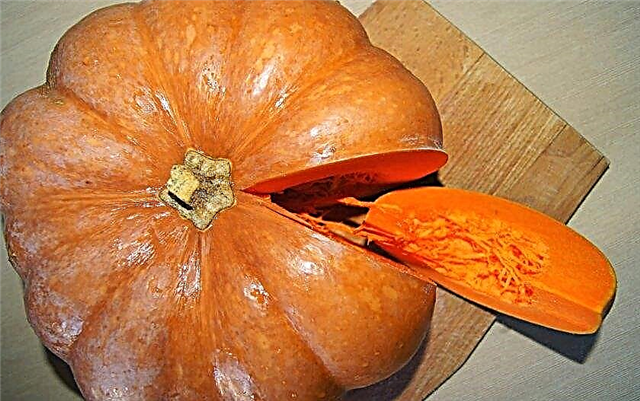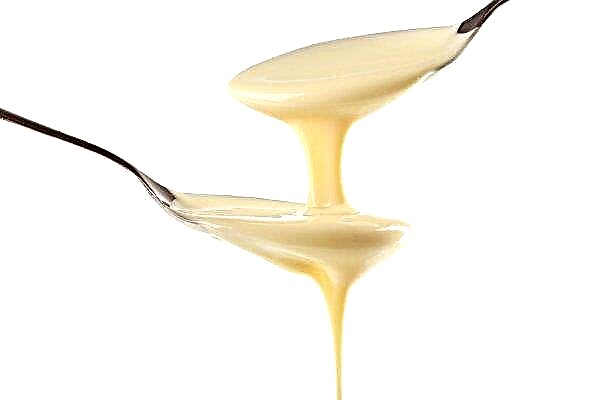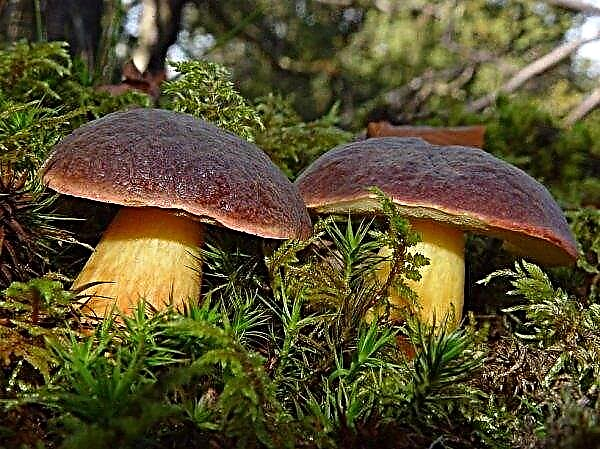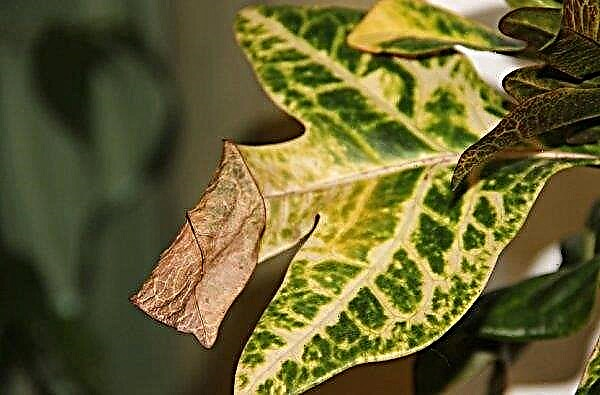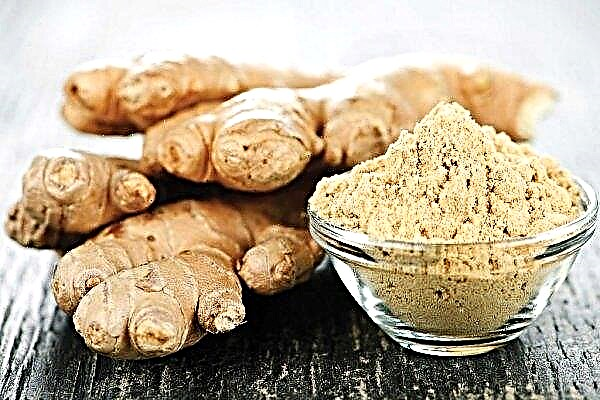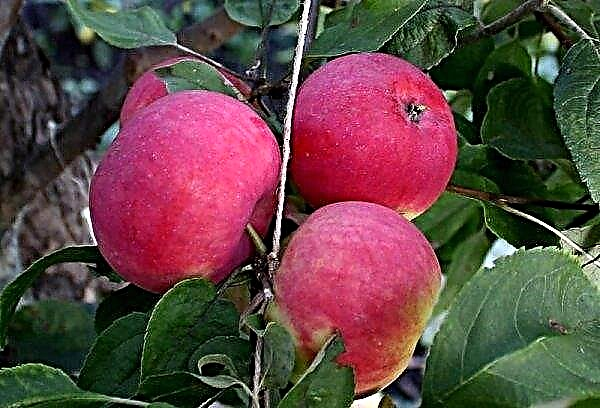Canadian producers of Chinese onions and radishes abandoned the use of highly toxic insecticide, using unique pink flies.
An agronomist from Quebec, Marie Froment, with a brown paper bag, inspects the rows of her green onions. This is not a rare tropical species, but an insect that was born in the breeding center, located in the village of Sherrington.
These flies are not really pink. They were coated with non-toxic powder to distinguish them from natural populations. But what matters is not their color, but the fact that they are sterile. At the pupal stage, the flies were irradiated using the method of immersing them in a large pool of water containing cobalt rods.

Sterile males will breed with wild females. They lay eggs from which the larvae will not emerge. Olivier Barbo's family farm, Barbeau Landscaping, was one of the first farming companies to adopt this technique, which is now practiced on 27 farms, including two in Ontario.
At first, he admits that he was rather skeptical. “Initially, the Pink Fly program was not funded. When you invest $ 30,000 and don’t know if it will work, you say: “I am going to try this in a casino. At least I'm having fun, ”he jokes.
About 26 million barren pink flies were released this summer, mainly in the area where over 80% of the province's onions grow.
“In total, Quebec has more or less 2.5 thousand ha. dry and green onions. The sterile pink fly project now occupies about 800 hectares. And a part of the area of 2.5 thousand simply does not live with the problem of onion larvae, ”says entomologist Anne-Marie Fortier, coordinator for the production and production of pink flies in the Prisme Consortium.

Each pink fly costs about 1.1 cents in production. They are sold at 1.2 cents. This year, Olivier Barbot spent $ 26,000 to buy these insects.


